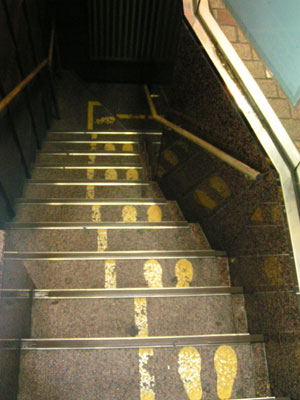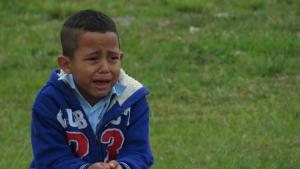She said it wasn’t a sign of failure to find yourself standing on the edge of a dark, scary place.
I never knew that before.
(Or did I?)
She said it was perfectly normal to look over into the dark abyss and suck your breath in so hard you can’t speak at all.
Normal?
What’s normal?
This doesn’t feel like anything normal that I know of.
She said there’s nothing unusual, nothing unusual at all, about wanting to scream and wail, even, to raise your fists toward the sky and say things you learned very young never to say out loud . . . and never say to God for sure.
Anything? I can say anything?
(She said, you didn’t notice, but all around the edges other people are doing the very same things. They don’t notice you either, because their pain and fear and anger swirl around them in all-consuming vortexes, too.)
I don’t believe it because I can’t see any evidence of that and I have never felt so alone.
Of course you don’t, she said. You’re all-consumed with the darkness and you’re only looking through the lens of your own pain. It’s all you can see right now.
Oh.
She said I can tell you, when you manage to look away from your pain for just a little while—and you will, you will be able to do it because you don’t know it right now but you are strong and you are being held up by more grace and love than you can imagine—that the edge of the cliff will feel like it’s crumbling under your feet; you’ll be sure that you’re losing your balance; and all you’ll be able to think about is turning away, as fast as you can, and running for the hills . . . whatever the hills are.
No, you are not understanding me. I don’t want crumbling edges under me. I don’t want to lose my balance. I don’t want to fall into the darkness all by myself.
I’d prefer the hills, thanks, even if I’m all alone there, too.
She said you think you’re alone here on the edge . . . but really, you’re not. Did you know that everybody wants to run for the hills when fear and pain loom large and the edges are crumbling and you can’t make out any glimmer of light at the bottom of the darkness?
Did I know that before? Maybe I did, but I can’t really remember right now.
It isn’t a sign of failure to find yourself standing on the edge of a dark, scary place . . . because dark, scary places are part of life. Everybody’s life . . . even yours.
I think I knew that before . . . maybe. But I must have wanted to forget, to turn my back on the dark places, to paint pictures of success and happiness using only the bright colors.
(I bet I can still do that, too, if I try hard enough.)
Put away the bright, happy colors, she said. Paint the darkness as hard and as long as you need to paint it. Step off the abyss and feel the uncertainty and fear, look into the unknown and yell to the darkness, “But I can’t see here!”
Then walk.
Pick up one foot and put it out in front of you, even when you can’t see where you’re stepping, exactly.
But, let me explain again. I don’t want to do that. It’s not really responsible, prudent, or safe, is it? And, anyway, how can I control what I can’t see?
Step, she said.
Step and step and step again. Move through the darkness. Feel the cold of fear and anger and what seems like the utter absence of faith. Feel it.
Nope. No, thanks. I’d prefer to turn around and run back. I think I left some light and happiness up there on the abyss and maybe if I claw my way back I can paint over the darkness a little more . . . ?
Keep walking, she said. Step, then step, then step again.
But I can’t see where I am going.
And I want to go home!
You don’t know it yet, but home is on the other side. Light is right off in the distance.
Step toward it.
Step.











